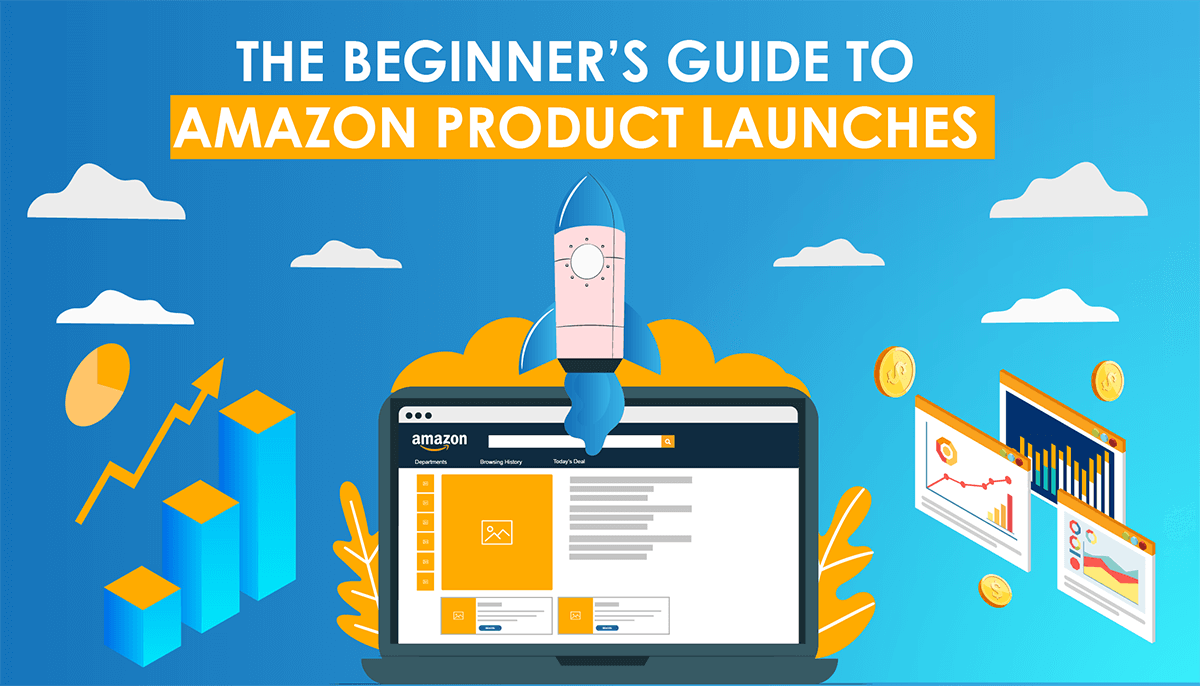

You’ve got a product ready to launch, but now comes the big question: do you start with Amazon or sell it yourself through a direct-to-consumer (DTC) website?
This choice isn’t just about where to list your item. It shapes how quickly you get feedback, what kind of customers you attract, and how much control you keep over your brand.
In this article, we’ll break down the pros and cons of each approach, help you understand what fits your product best, and share tips to help you avoid common missteps.
Launching on Amazon means tapping into the world’s biggest online marketplace. You skip the work of building a store and instead focus on product listings, images, and reviews. It’s fast, but it comes with limits, especially when it comes to how much control you have over the customer experience.
Launching DTC means selling through your website, usually with a platform like Shopify.
You control everything: your store, your messaging, and your customer data. But you’re also responsible for every click, every order, and every follow-up. It takes more effort, but the rewards can be bigger in the long run.
Millions of people search Amazon daily with credit cards in hand. You don’t have to “convince” them to shop, and they’re already looking to buy. That gives you a head start, especially if you're not well known yet.
Setting up an Amazon listing takes less time than building a website, connecting a payment gateway, or designing a checkout page. If you’re testing an idea or trying to generate cash flow quickly, speed matters.
You’ll know within days if your product has legs. Sales data, customer reviews, and even returns tell you whether your pricing, photos, or offer needs work. That kind of real-time insight is tough to get from a new DTC store with little traffic.
Amazon doesn’t let you collect email addresses or build a customer list. You can’t retarget buyers or easily turn one sale into a long-term relationship. It’s like renting customers instead of owning them.
Success on Amazon depends heavily on search terms, reviews, and sales velocity. Even if your product is great, it may not get found if you don’t know how to rank.
Amazon listings look similar. Unless someone clicks on your brand page, they won’t get your full story. That makes it harder to stand out, especially if you’re offering something special or new.
From your homepage to your packaging, everything can reflect your brand’s tone, values, and mission. If storytelling is a key part of your product, this control is priceless.
You can build an email list, create custom audiences, and send updates or promotions anytime. That’s how strong communities and repeat buyers are built.
With DTC, you’re building something that belongs to you. Your traffic, your customer base, your sales data, it’s all yours. That’s a major advantage if you plan to scale or sell your business later.
You’ll need to pay for website design, hosting, a shopping cart, analytics tools, and more. Even with Shopify or WooCommerce, it adds up quickly, especially if you hire help.
Getting visitors to a brand-new website is hard. And when sales are low, it’s tough to know if your product is the problem or if no one is seeing it. That uncertainty can delay key decisions.
If your product solves a common problem and isn’t too complex to explain, Amazon may be the faster route. But if it’s new, premium, or needs education, DTC gives you room to tell that story.
Just starting and bootstrapping? Amazon lets you test with lower upfront risk. Already have a social following or email list? Use that to drive DTC sales from day one.
Low-margin products often struggle on DTC because paid ads are expensive. If you’re selling something affordable and light, Amazon’s built-in traffic might work better. For high-margin or subscription products, DTC can give you more breathing room.
Do you have the skills or team to run Facebook ads, email campaigns, or influencer partnerships? If not, Amazon may be easier to manage early on. But don’t underestimate the value of learning how to market your product directly.
Many brands test products on Amazon to get initial traction, then move to DTC once they know what works. Others build demand through DTC and use Amazon as a growth lever once their brand is strong. There’s no single path; it depends on your strengths.
If you launch on both at the same time, be careful with pricing and availability. Selling the same product cheaper on Amazon can frustrate DTC customers. Offering bonuses or bundles on your site can help avoid this.
You don’t have to choose forever. Tools like Shopify’s Amazon sales channel or multichannel inventory systems make it easier to sell in both places without losing your mind.
Launching your product the right way isn’t just about where you start; it’s about what you want to build. Amazon offers speed and traffic. DTC offers control and connection. Neither is better for everyone, but one is likely better for you right now.
Take a moment to think about your goals, your resources, and your strengths. The right path will become clear.
And if you’re still stuck between the two, don’t worry, some of the best brands didn’t choose one or the other. They decided at the right time.